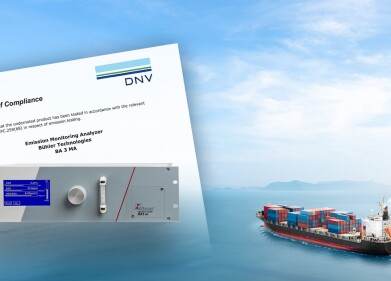Measurement and testing
EDXRF Analysis of Additive Elements in Lubricating Oils by ASTM D7751
May 16 2018
Scope
Measurement of additive elements in lubricating oils by ASTM D7751 is demonstrated.
Background
Controlling additive elements when blending new, fresh lubricating oils is vital to ensure correct lubrication properties and minimising production waste and product rejection. Energy dispersive X-ray fluorescence (EDXRF) is a fast and simple analytical technique for use by non-technical operators, yet powerful enough for expert use in the research & development of new lube oil formulations. To meet the industry needs in production and research, Rigaku NEX CG Cartesian geometry EDXRF spectrometer offers compliance to ASTM D7751 - Standard Test Method for Additive Elements in Lubricating Oils by EDXRF Analysis.
Instrumentation
- Model: Rigaku NEX CG
- X-ray tube: 50 kV 50 W Pd-anode
- Detector: High performance Si Drift Detector
- Technique: Indirect excitation with polarizer and secondary targets
Sample Preparation
Ensure each sample is homogeneous and stable. Simply fill a 32 mm XRF sample cup with 4.0 g of sample.
Calibration
Empirical calibrations were built using a suite of 23 commercially available calibration standards. The suite of calibration standards must be representative of the lube oil formulation to be analysed. Elements in the lube oil should vary evenly over each concentration range of interest, and the elements in the oil should vary independently of each other. Empirical alpha corrections are then employed to automatically compensate for variations in X-ray absorption and enhancement effects within the sample due to the independent variations in element concentration.
Detection Limits
The empirical method was used to determine estimated detection limits. In the empirical method, ten repeat analyses of a blank lube oil (or mineral oil) sample are taken with the sample in static position and the standard deviation is determined. The Lower Limit of Detection (LLD) is then defined as three times the standard deviation. The following typical LLDs are reported here for the lube oil formulation shown above using a total analysis time of 700 sec.
Precision
Two representative samples from the calibration suite were chosen to demonstrate typical instrument repeatability (precision). Ten repeat analyses of the sample were performed with the sample in static position using a count time of 100 sec per analysis condition.
Conclusion
The Rigaku NEX CG spectrometer combines indirect excitation with secondary targets, polarization targets and a high-performance SDD detector to yield the optimum performance for elemental analysis of lube oils. Measurement times can be adjusted based on the formulation being measured to optimise various groups of elements. Rigaku RPF-SQX fundamental parameters can also be used in association with matching libraries to encompass families of lubricants in a single method and for use with R&D testing new formulations, making the NEX CG analyser an excellent tool for process and quality control in the manufacturing of lube oil formulations and blends, as well as R&D and other uses.
Click here to request a brochure today.
Digital Edition
PIN 26.1 Feb/Mar 2025
March 2025
Analytical Instrumentation - Elemental Analysis for Quality and Process Control at Refineries, for Lubricants and Wear Metals in Engine Oils - Synthetic Lubricants: New Developments - Scaling...
View all digital editions
Events
Apr 08 2025 Birmingham, UK
Apr 08 2025 Kielce, Poland
Apr 08 2025 Ravenna, Italy
Apr 08 2025 Southampton, UK
Apr 08 2025 London, UK
























